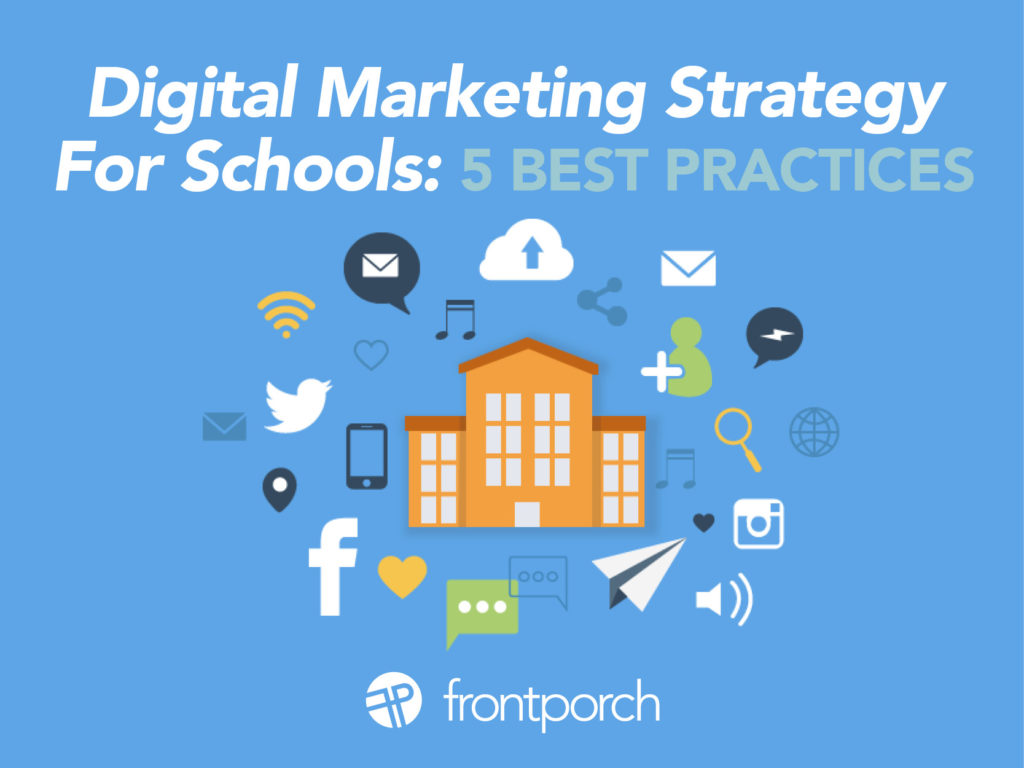
Finding inspirational websites when you’re designing for a brand can be tough, especially if you don’t know where to start. I have compiled a list of some of the best websites that you can use as a resource to give you some ideas when you’re stuck next project.
Inspirational Websites For Branding
Behance is a great resource to use if you want to see how some big designers display their portfolio. You can explore a wide range of creative projects, discover new trends, and get inspiration.
Dribbble is another great resource that is similar to Behance. It allows users to showcase their projects at any stage of their production. It is also great for UI/UX and web design trends.
Typography Inspiration
Finding fonts is always time-consuming. They categorize fonts in certain styles so it is easy to find inspiration and the best fonts that fit your design needs. Creative market is a great place for not only fonts but other creative assets.
Typewolf is a great resource for font pairings, and finding similar fonts that you like. It is also a great place to keep up with font trends and see the fonts you like on mockups.
Inspirational Websites for Overall Creativity
Pinterest is a great resource for all things considering branding. You can keep your ideas organized within your various boards and pins and even look at the boards of others. Once you find things that interest you, the algorithm is great at suggesting images that match your taste and interest.
Instagram is great for finding accounts that can give you inspiration on current trends and projects. Various accounts post their own projects or accounts that keep up to date with trends. There are also a lot of educational videos or posts that can help out with future projects.
Color Inspiration
Coolors is a perfect website for all things color. You can generate your color palette as well as find colors that match your current colors. You can also explore color palettes that are trending. It is also helpful because it has all of the color codes you would need for a project.
Colorhunt is also very similar to Coloors where you can generate your palette and explore others. You can also look up tones and hues that will give you various palettes of those colors.
Finding Help From Inspirational Websites
Once you visit all of these websites, you’ll see that there are loads of resources out there to get you started, whether you are researching color, type, logos or branding. These resources can also be helpful when you’re trying to take your brand to the next level. Seeing what has been done, and what the possibilities can be can inspire you to create an even stronger brand.






